Map of the Route
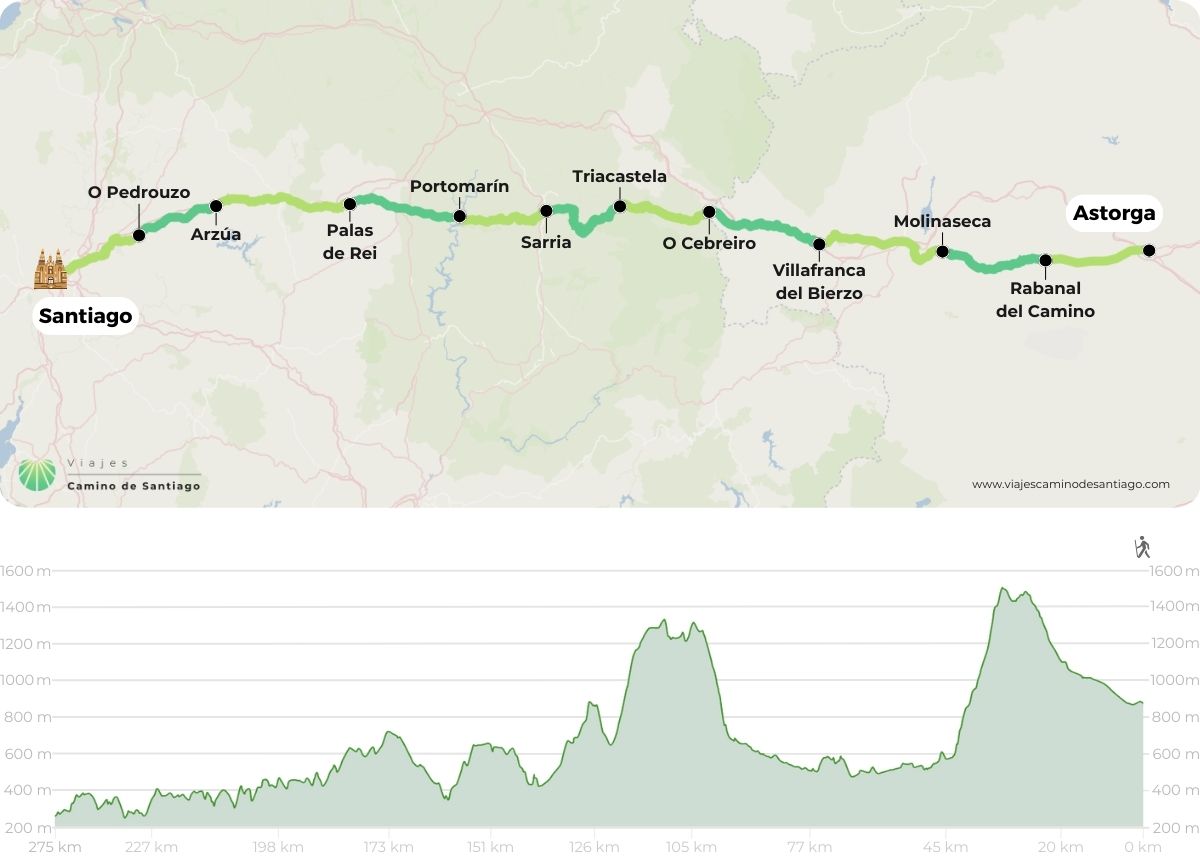
Stages of French Way from Astorga to Santiago de Compostela
Accommodation prices
Private hostels
435 €
Hostels and pensions
795 €
Hotels
1025 €
Types of accommodation
In hotels and superior accommodation in Sarria
In hostels and pensions from Astorga
In private hostels from Astorga
Details ofFrench Way from Astorga to Santiago de Compostela
Services included
Optional Services
| Service | In hostels and pensions from Astorga | In hotels and superior accommodation in Sarria | In private hostels from Astorga |
|---|---|---|---|
| 116€ per person | 132€ per person | Not available | |
| 325€ per person | 352€ per person | Not available | |
| 310€ per single room | 460€ per single room | Not available | |
| 95€ (single room) / 150€ (double room) | 120€ (single room) / 150€ (double room) | 28€ per person |
| Breakfast | ||
|---|---|---|
| In hostels and pensions from Astorga | 116€ per person | |
| In hotels and superior accommodation in Sarria | 132€ per person | |
| In private hostels from Astorga | Not available | |
| MP (Breakfast and dinner) | ||
| In hostels and pensions from Astorga | 325€ per person | |
| In hotels and superior accommodation in Sarria | 352€ per person | |
| In private hostels from Astorga | Not available | |
| Supplement for single room | ||
| In hostels and pensions from Astorga | 310€ per single room | |
| In hotels and superior accommodation in Sarria | 460€ per single room | |
| In private hostels from Astorga | Not available | |
| Extra night in Santiago de Compostela | ||
| In hostels and pensions from Astorga | 95€ (single room) / 150€ (double room) | |
| In hotels and superior accommodation in Sarria | 120€ (single room) / 150€ (double room) | |
| In private hostels from Astorga | 28€ per person | |
Photos
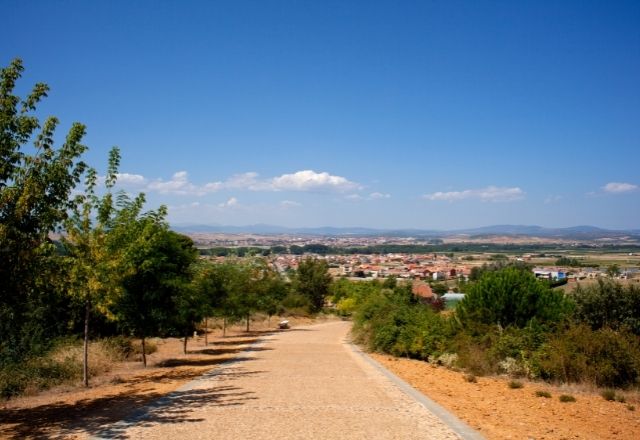
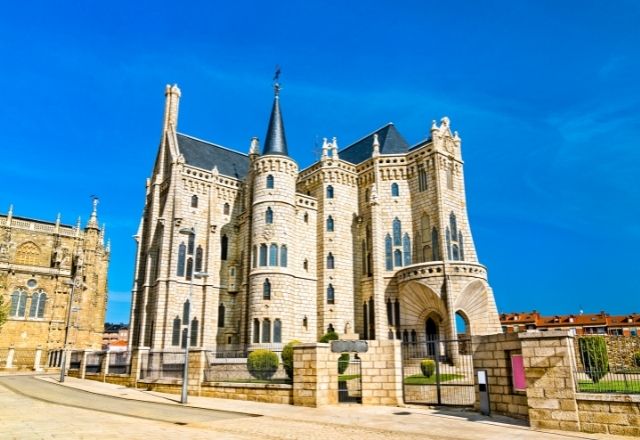
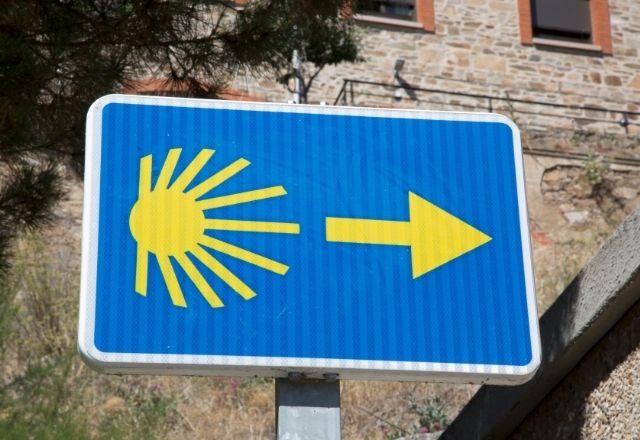
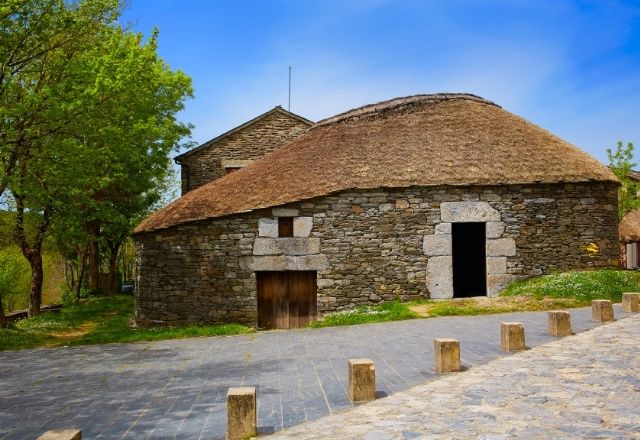
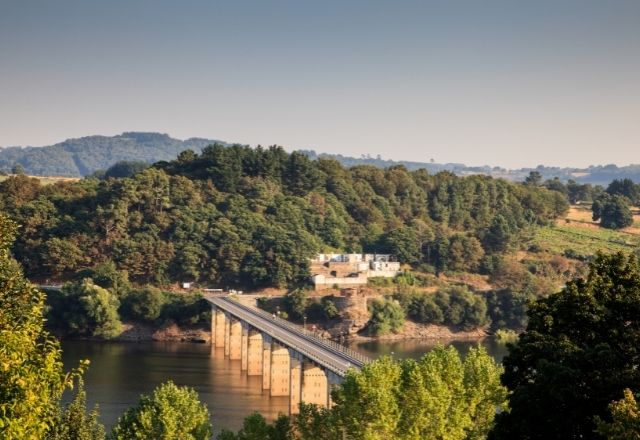
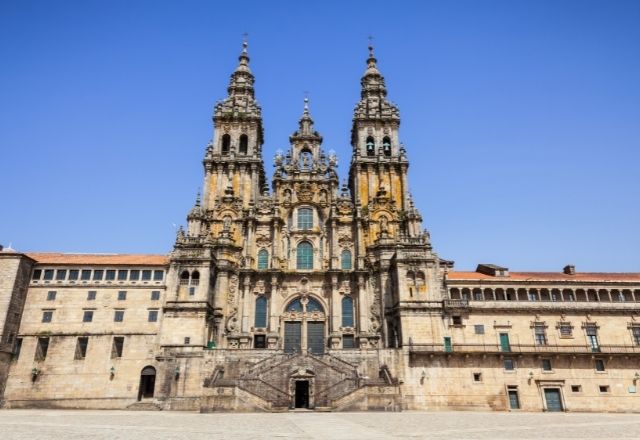

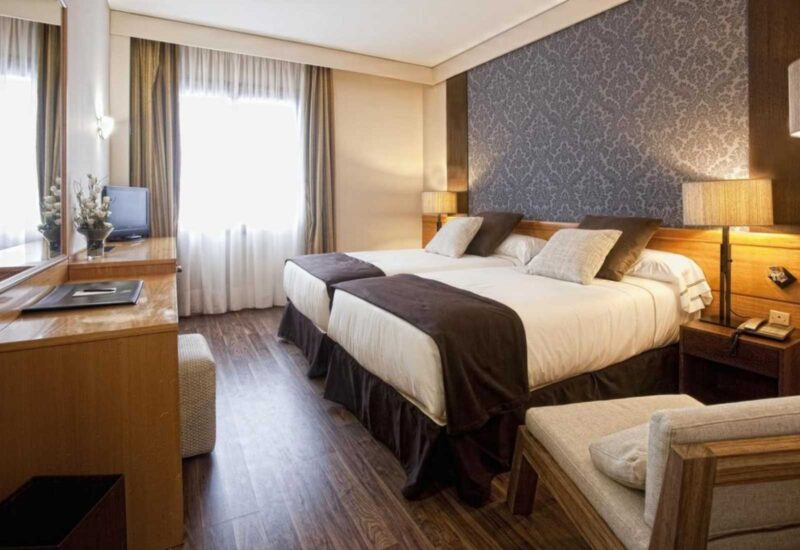
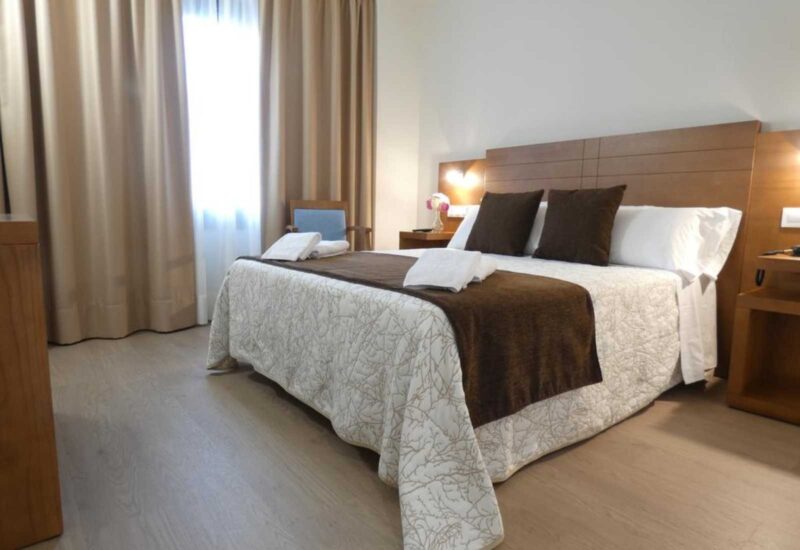
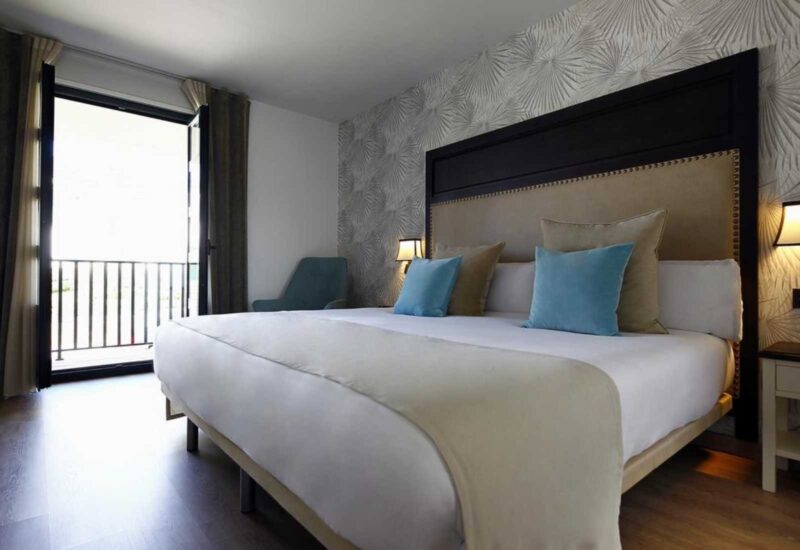
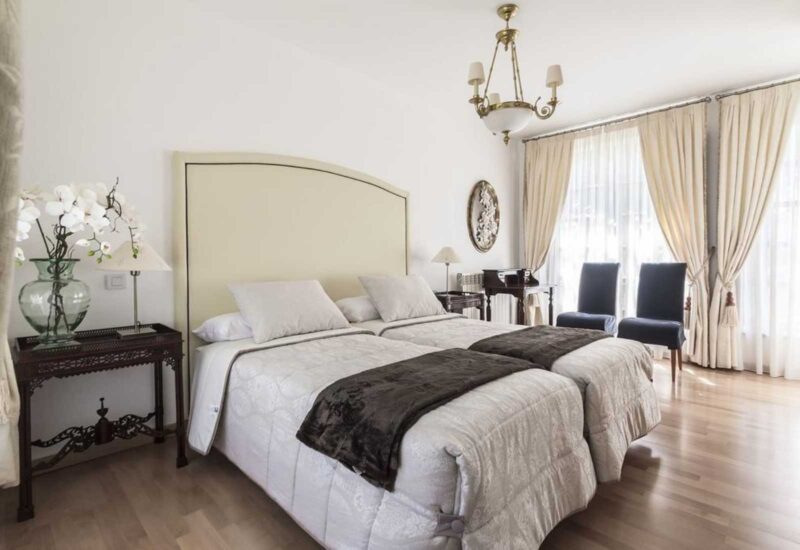
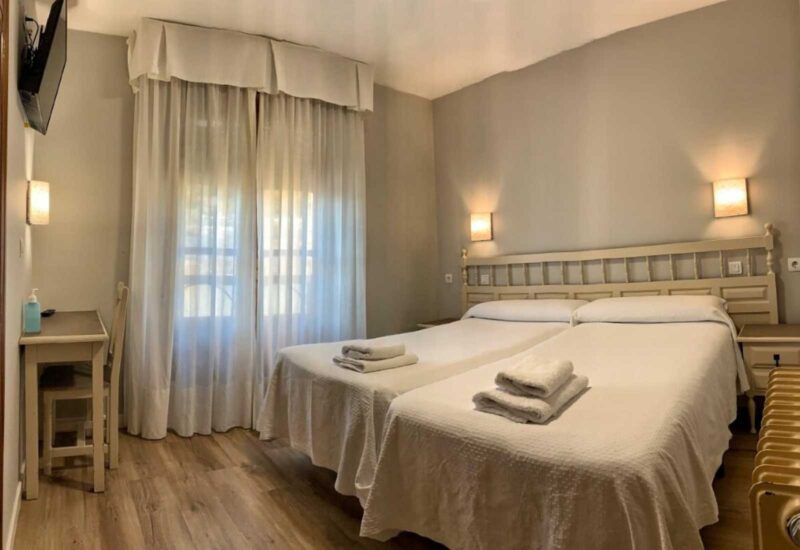
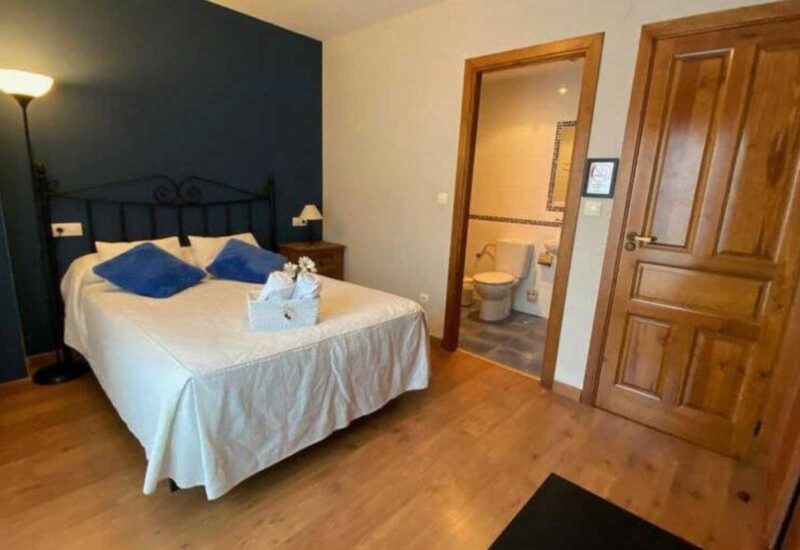
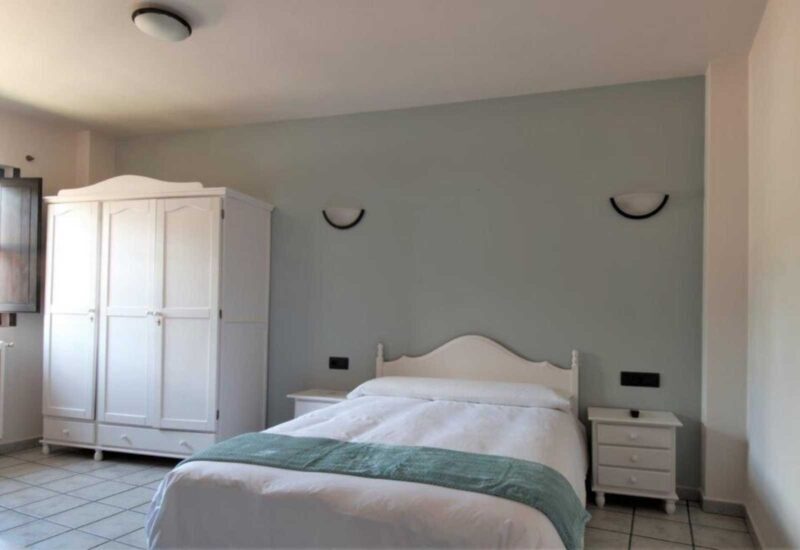
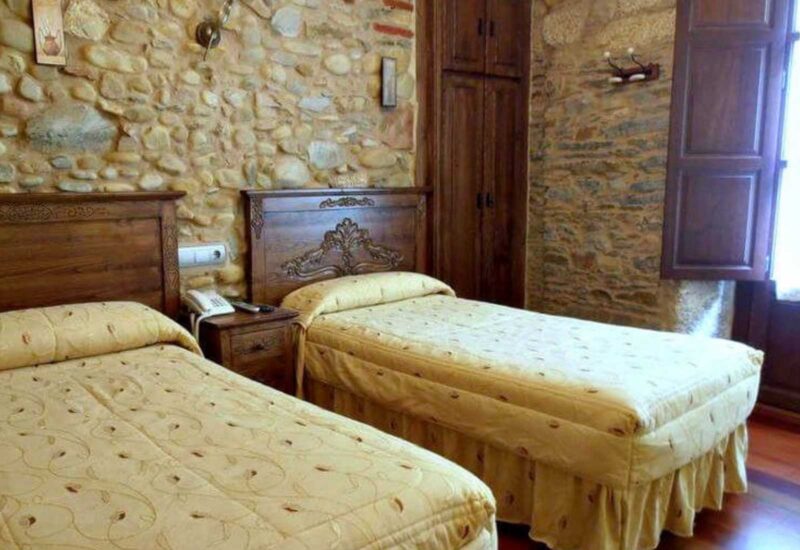
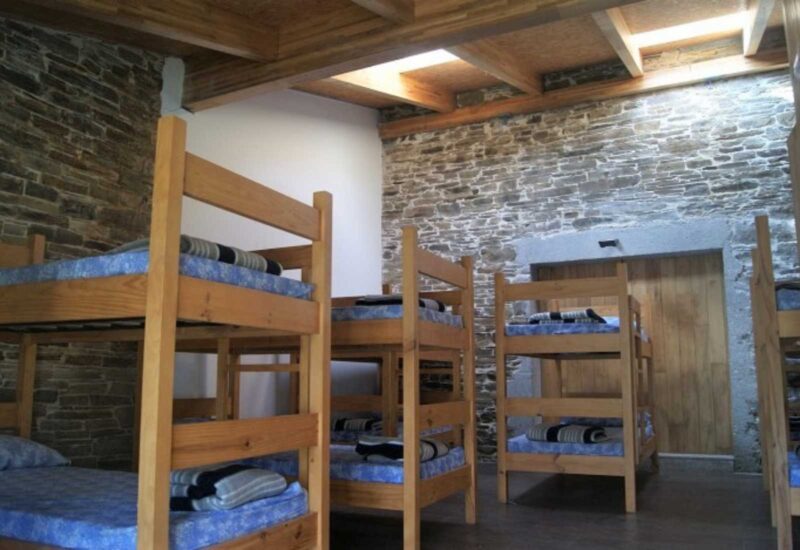
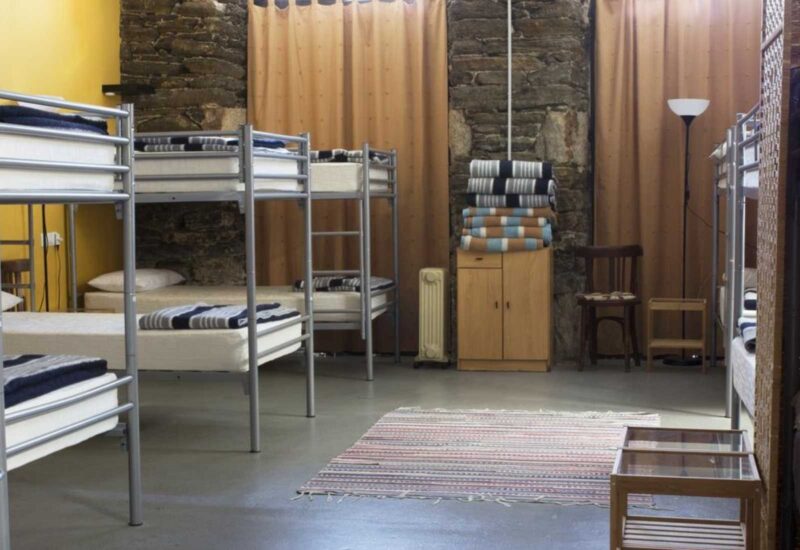
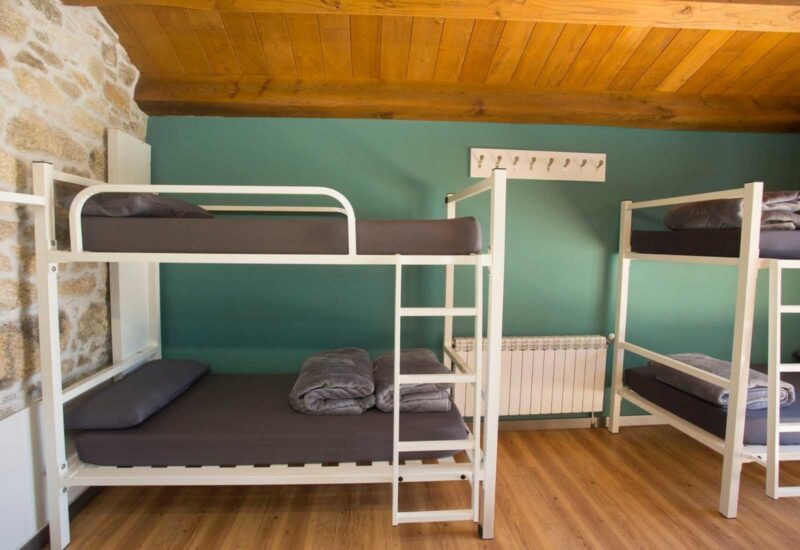
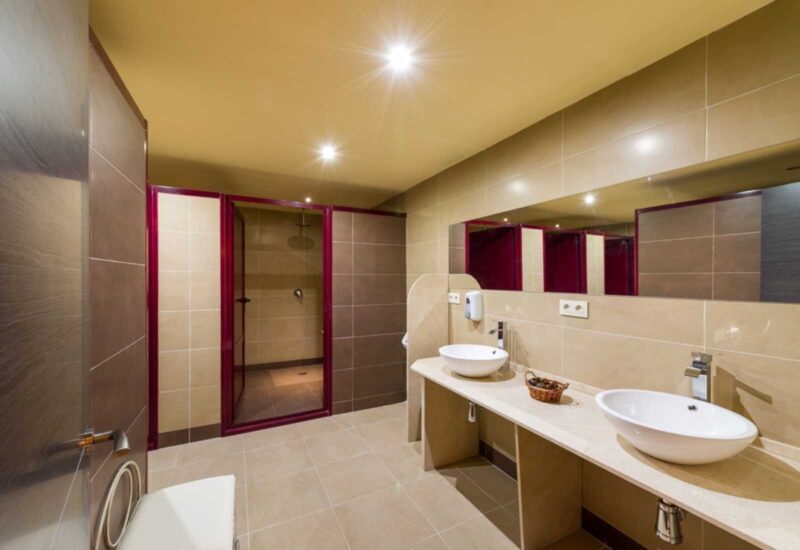
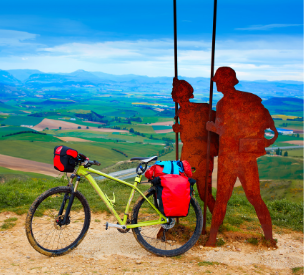
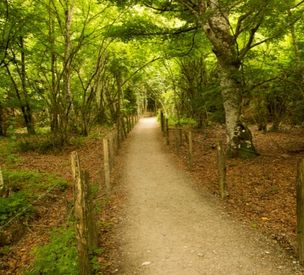
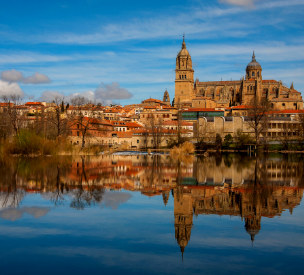
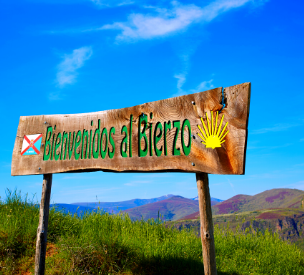
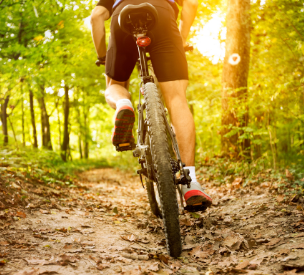

Reviews
There are no reviews yet.